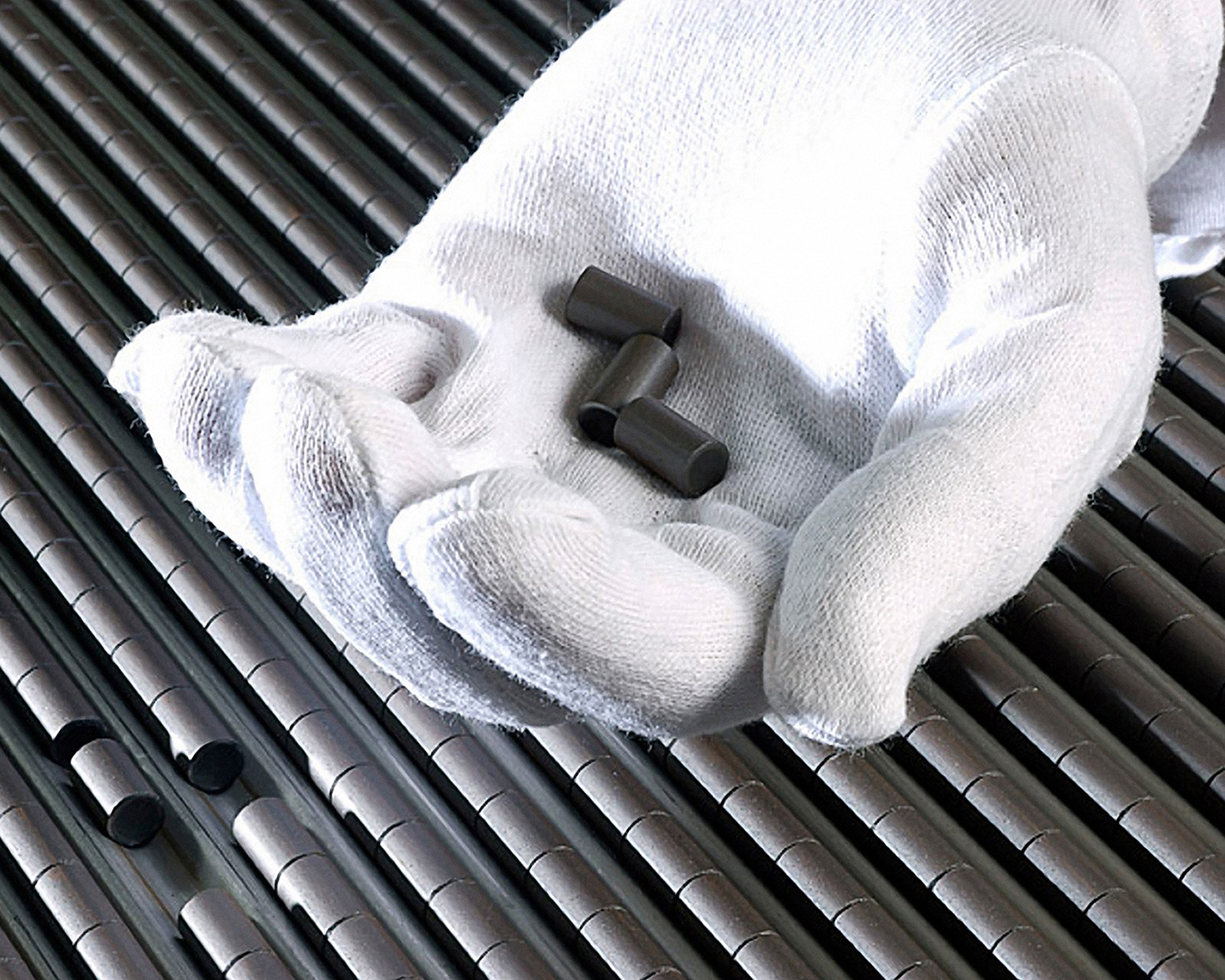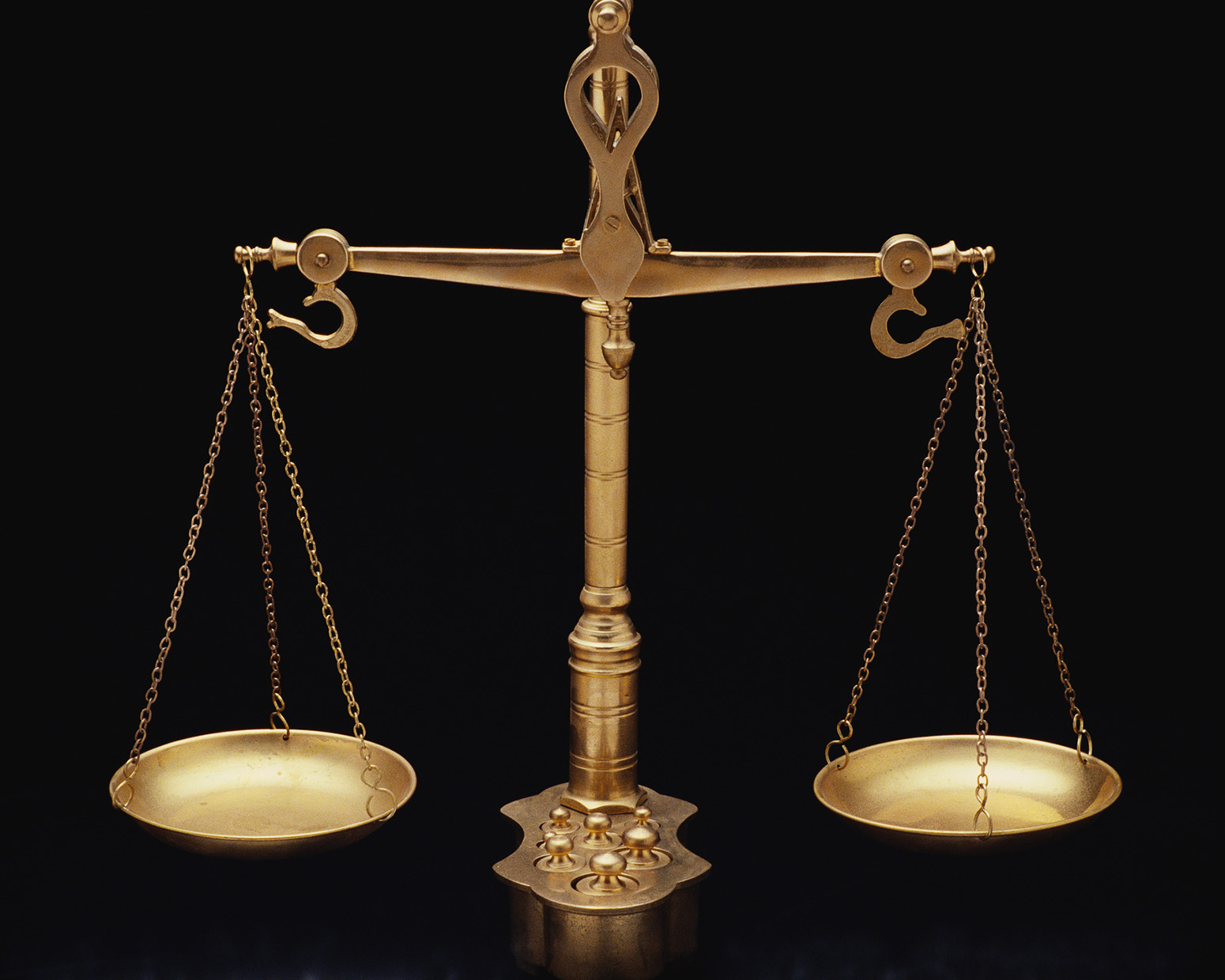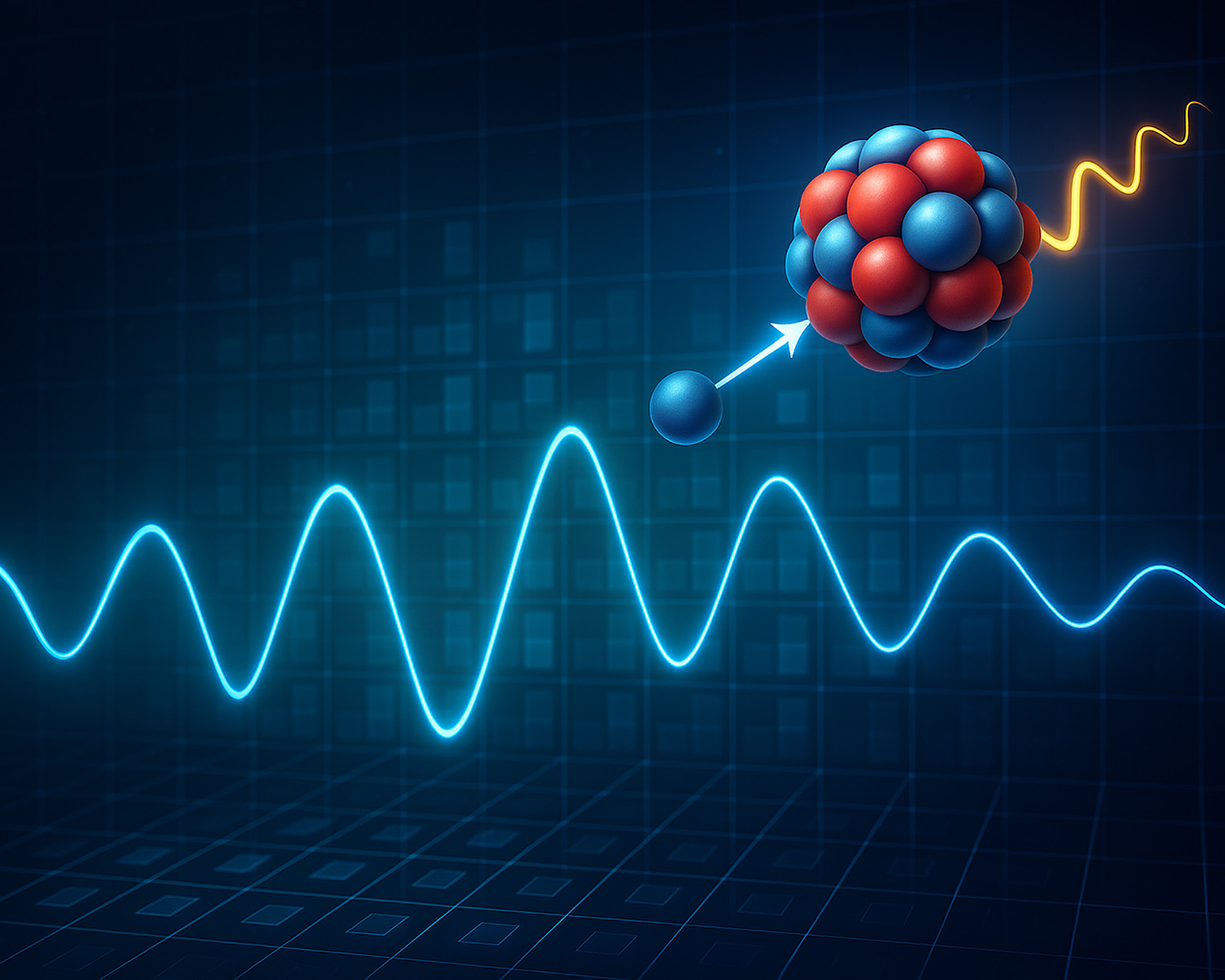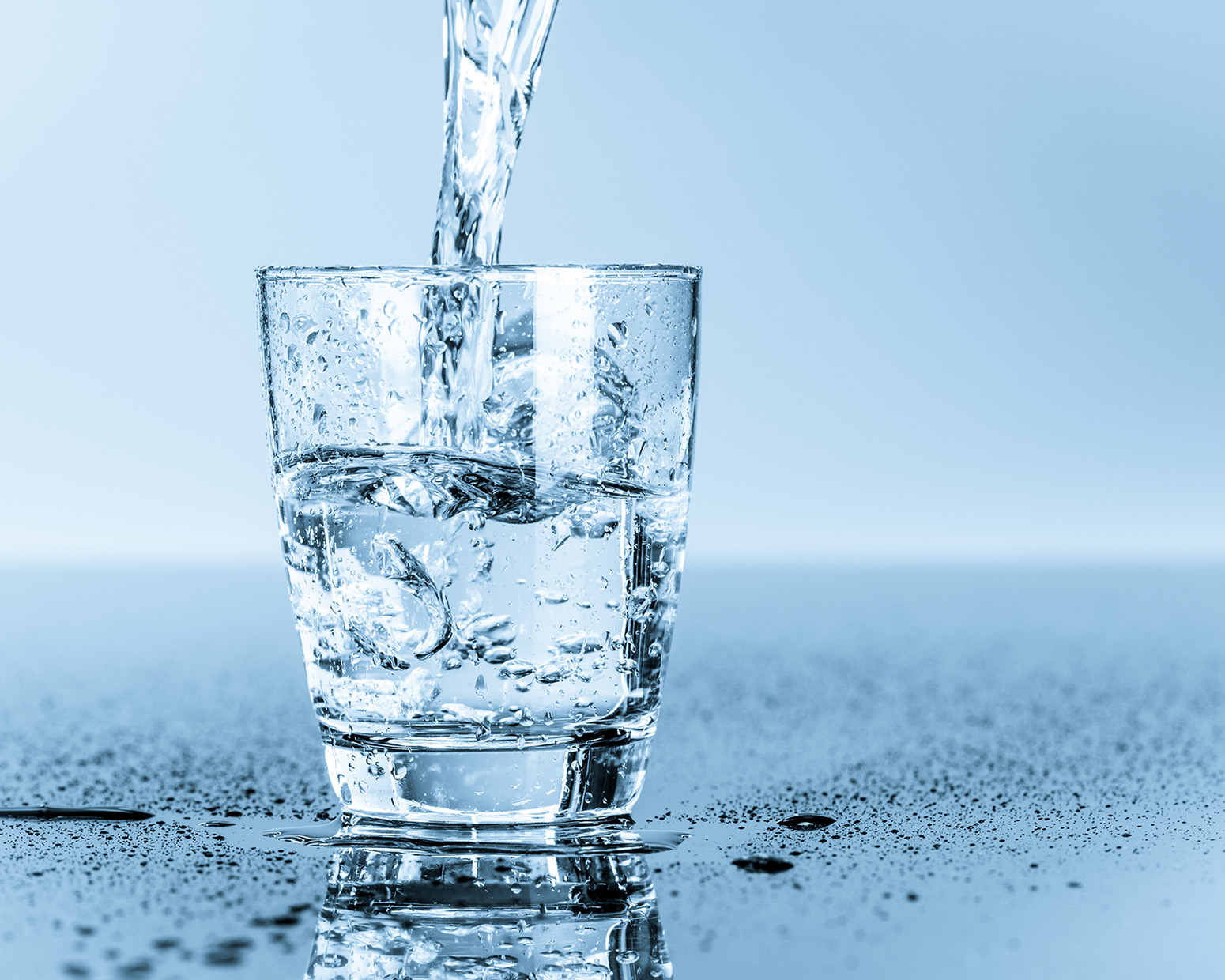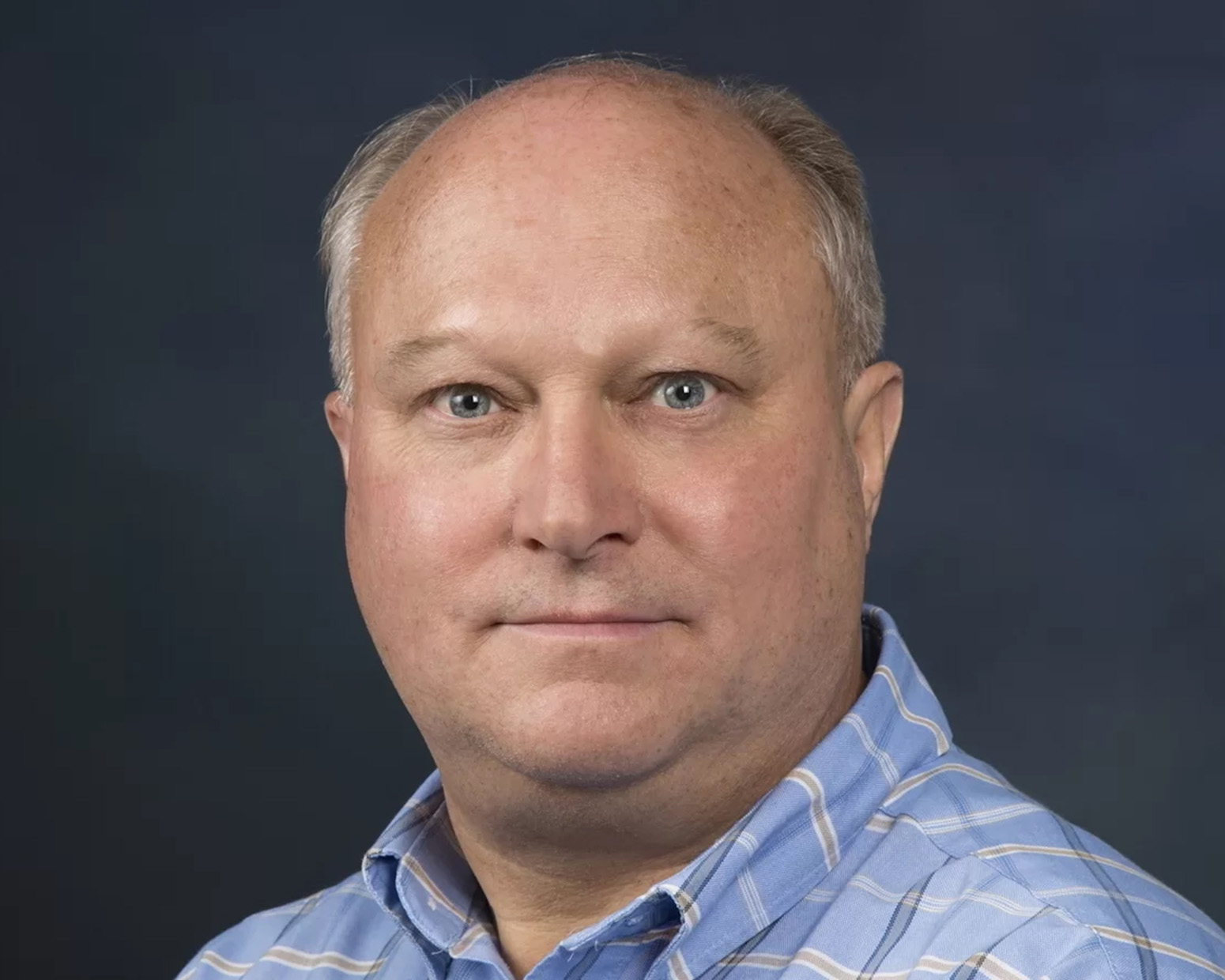Changing the way scientists think about deserts
Research plan for Phoenix-based campaign announced
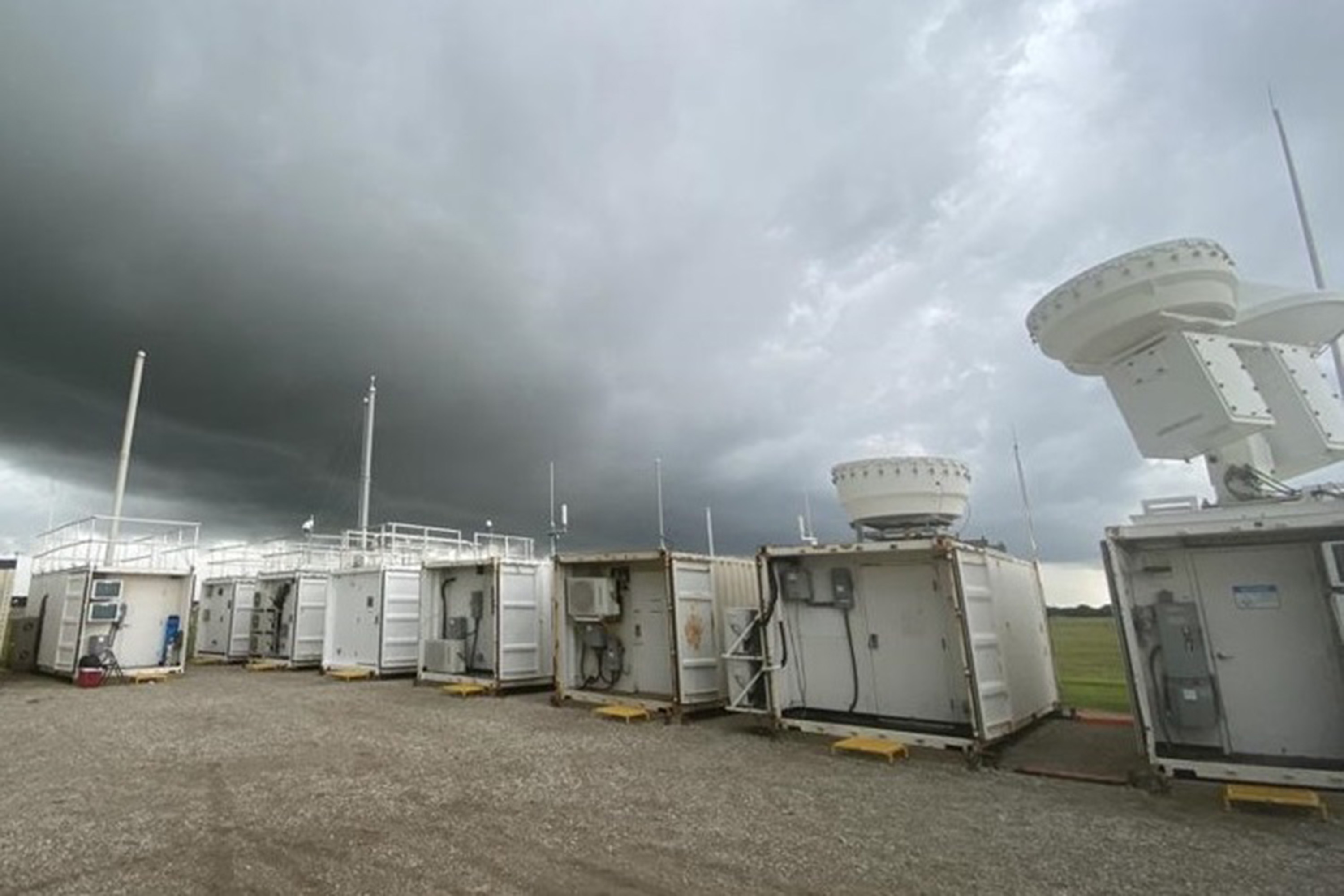
The atmosphere of Southwest cities is the focus of Desert-Urban System Integrated Atmospheric Monsoon (DUSTIEAIM), a campaign through the U.S. Department of Energy’s Atmospheric Radiation Measurement (ARM) User Facility that is led by chemist Allison Aiken of Los Alamos National Laboratory.
A recently released science plan details how researchers from 14 institutions will collect data in Phoenix — America’s hottest major city — from April 2026 to September 2027.
Read the science plan (pdf)
Why this matters: “There are a lot of unknowns in terms of atmospheric particles and their interactions with the water cycle for a large and growing city at the interface with agricultural lands and desert,” Aiken said.
- Through data collection, observation and experimentation, scientists will pursue potentially groundbreaking research about how urban environments in the southwestern United States interact with atmospheric processes.
What they will study: This campaign centers around the water cycles and aerosol processes of Phoenix and the meteorological patterns in the Southwest, which will be critical to developing an understanding of extreme weather and natural disasters in the region.
The objectives are to:
- Understand how the city of Phoenix interacts with the Sonoran Desert.
- Identify the aerosols (tiny particles in the air from natural and human-made sources) present in Phoenix and update their dynamics and impacts on Earth system models.
- Determine how atmospheric processes interact with weather.
How they will do it: Scientists will use meteorological instrumentation, broadband and spectral radiometers, remote-sensing measurements, aerosol observing systems, a meteorological radar, and a wide array of ground-based and vertical profiling sensors.
Funding: Atmospheric Radiation Measurement User Facility
LA-UR-25-30295
